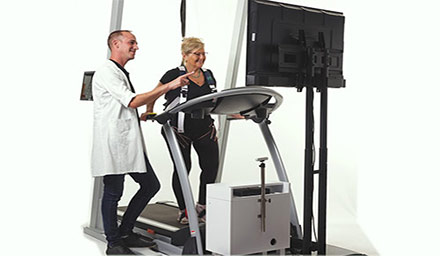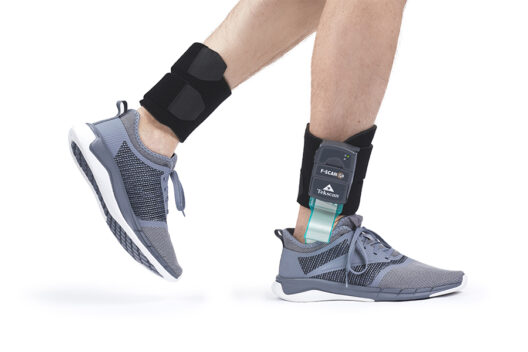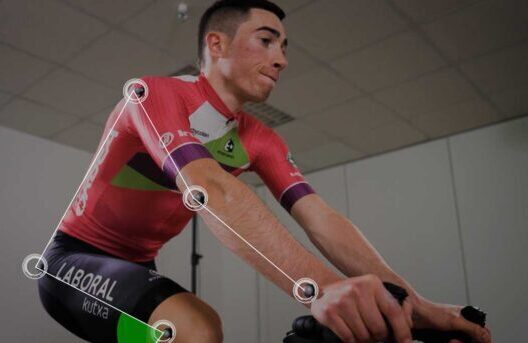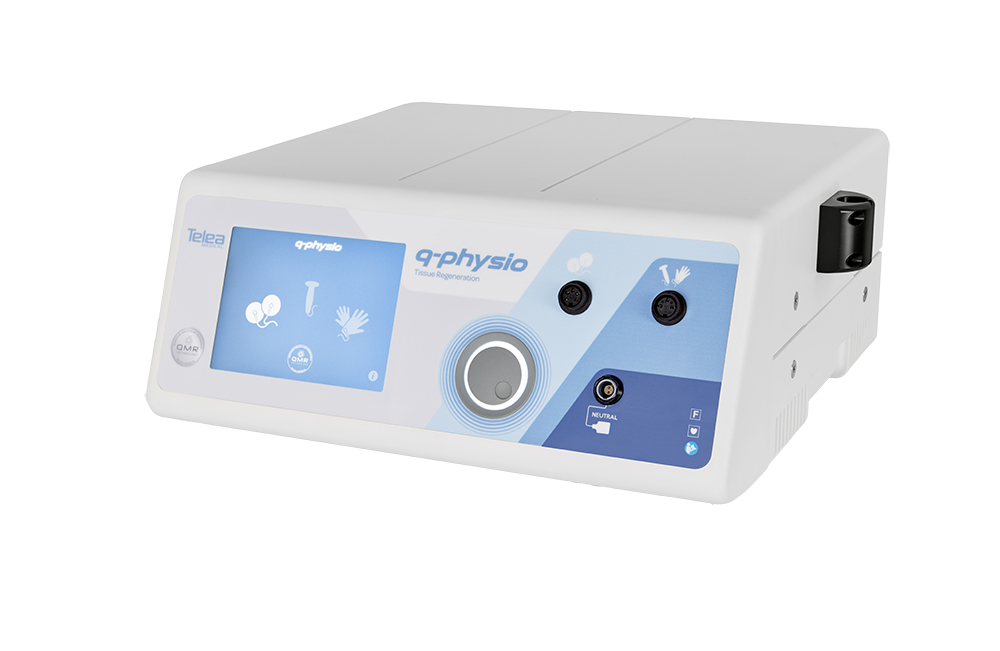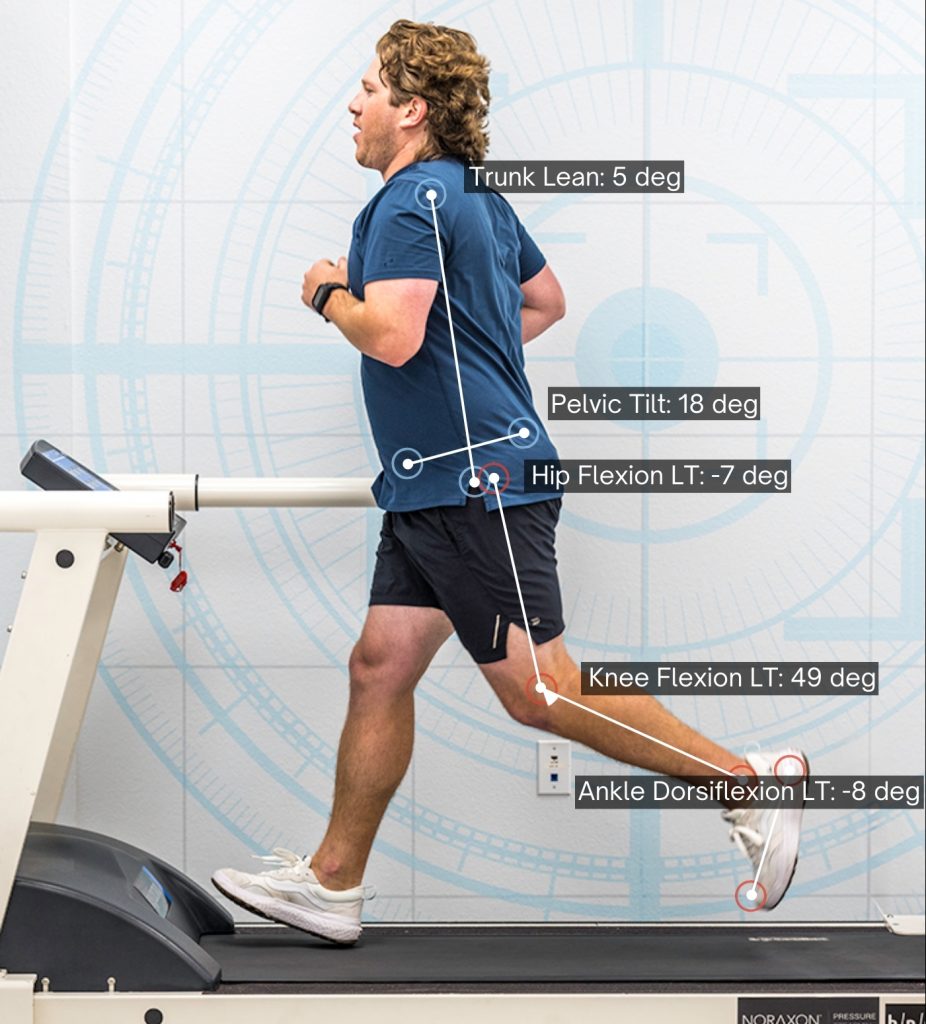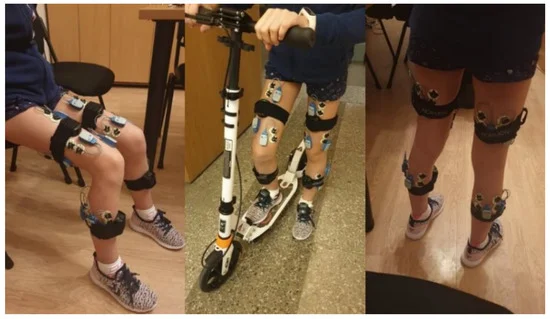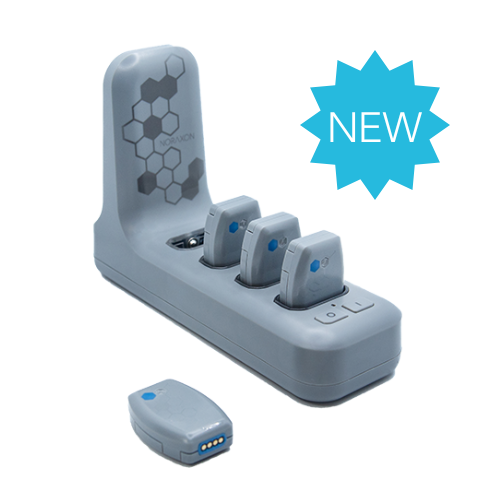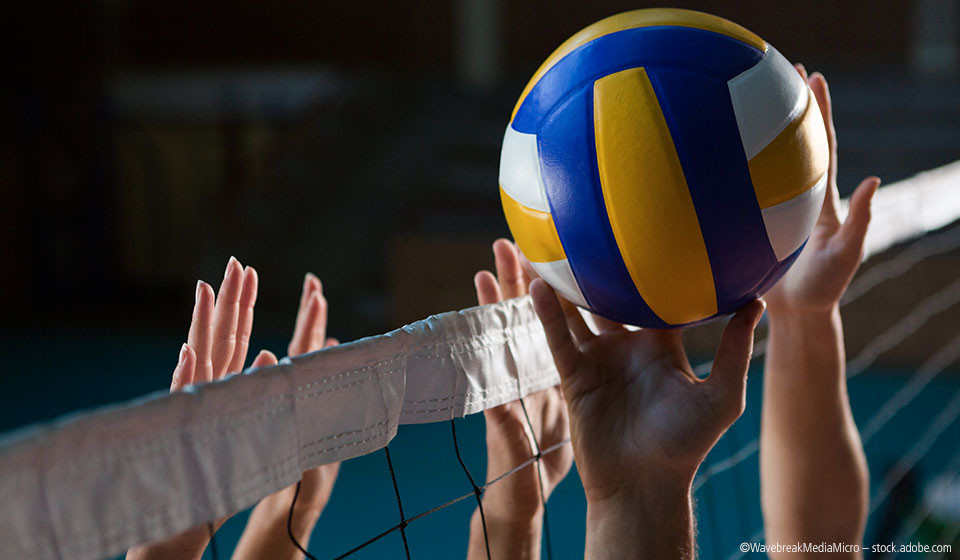
Professional volleyball player with acute Achilles tendinitis successfully treated with combined ESWT
For orthopaedic specialists Dr Rudolf Lassel and Dr Suchung Kim from Berlin, Extracorporeal Shock Wave Therapy (ESWT) is a fundamental component of their everyday work – particularly


























